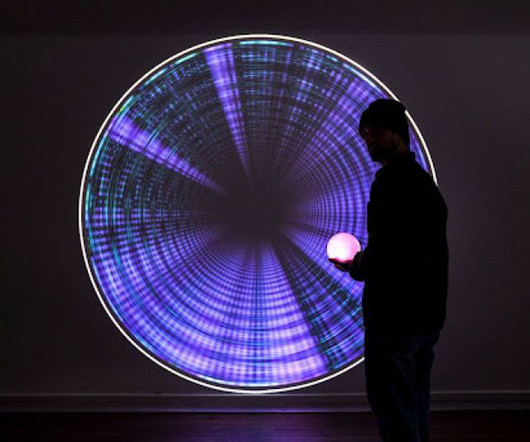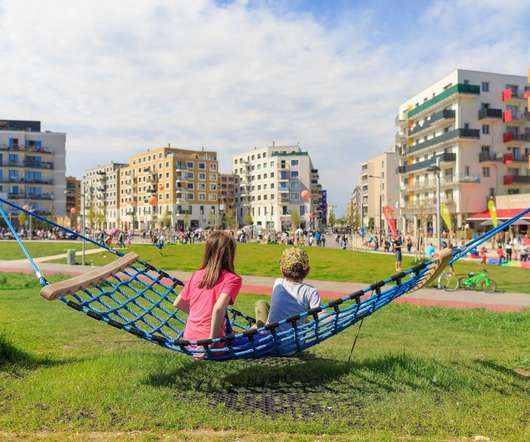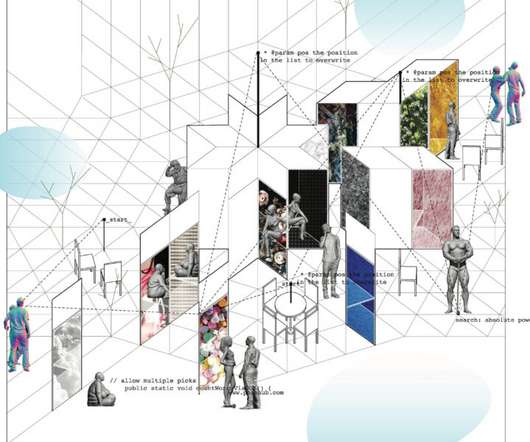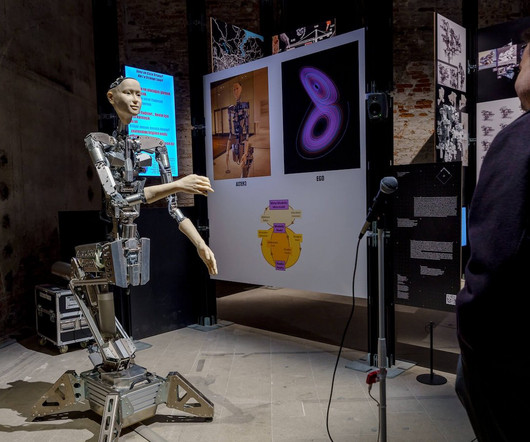How Tellart is designing sensory spaces to inspire the public imagination
Creative Boom
FEBRUARY 12, 2025
"Human experiences occur in spaces, and spaces are afforded by architecture, so we apply the same convictions of 'story first,' 'design through making,' and 'design by addition' at all scales." For Verhage, this approach became clear during her training in architecture that's when she first encountered interactive spaces.













Let's personalize your content